Swiss chard, a leafy green vegetable packed with vitamins, minerals, and antioxidants, has become increasingly popular in kitchens and gardens around the world. Its vibrant stems—ranging in colors like red, yellow, and white—and its spinach-like leaves make it a versatile and nutritious choice for many cuisines. But have you ever wondered which country produces the most Swiss chard globally? This article explores the global production of Swiss chard, highlighting the leading producer, the factors behind its dominance, and what the future holds for this healthy green.
Understanding Swiss Chard: A Global Superfood
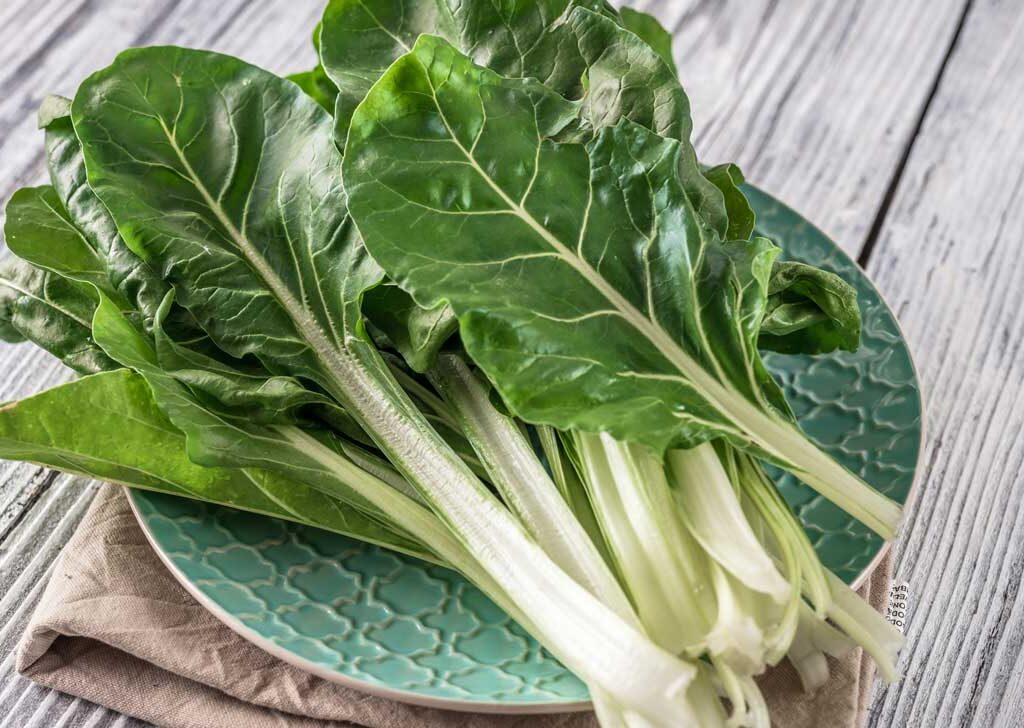
Swiss chard (Beta vulgaris subsp. vulgaris), also known as silverbeet or simply chard, is a member of the beet family. Unlike beetroot, it is cultivated primarily for its edible leaves and stalks. Swiss chard thrives in temperate climates, making it a staple in regions with mild weather conditions.
It’s highly valued for its rich nutrient profile—it’s an excellent source of vitamins A, C, and K, as well as magnesium, potassium, iron, and dietary fiber. This makes it a favorite among health-conscious consumers and organic growers.
Global Demand and Cultivation Trends
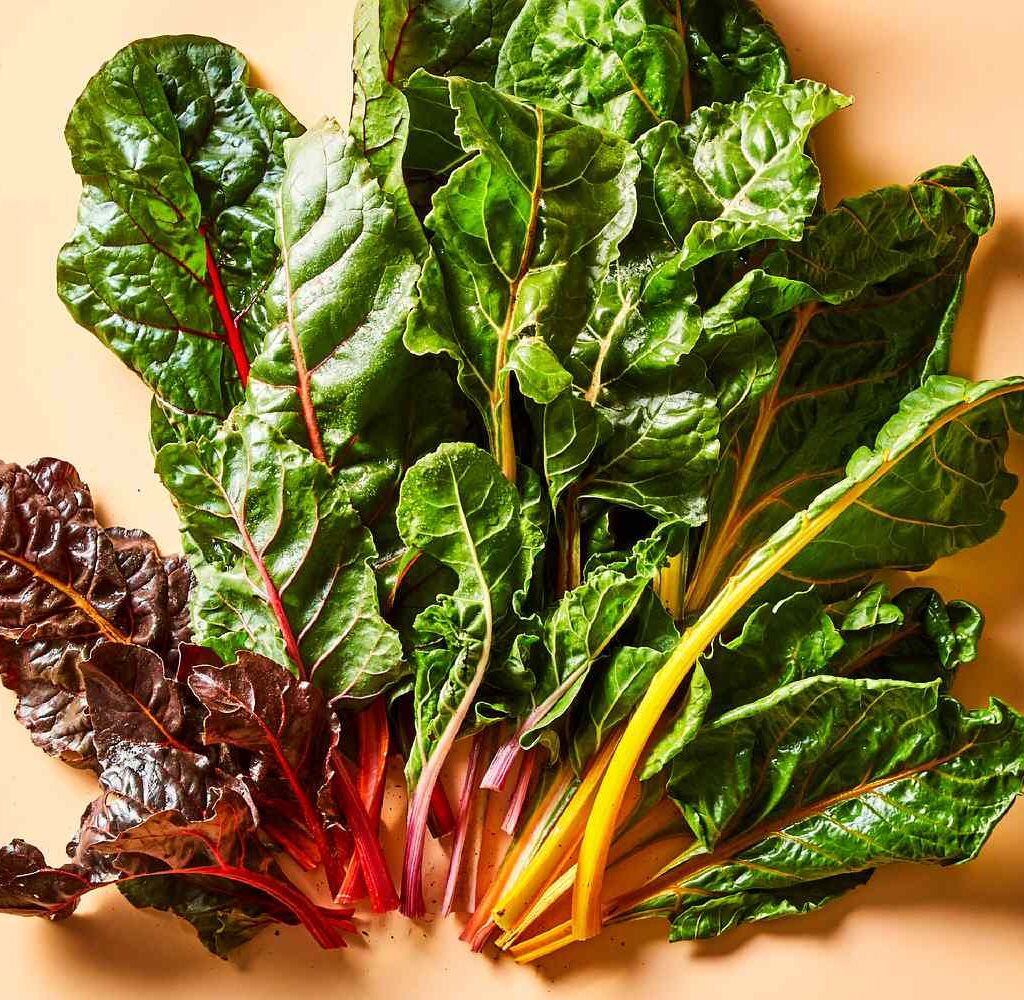
Over the past two decades, there has been a significant surge in global demand for leafy greens, especially those considered “superfoods.” Swiss chard has benefitted from this trend, with increased cultivation not only in traditional agricultural regions but also in urban farms and greenhouses.
Despite its worldwide popularity, the production of Swiss chard is relatively concentrated, with a few countries accounting for the bulk of global output.
The World’s Largest Swiss Chard Producer: The United States of America
After careful analysis of data from the Food and Agriculture Organization (FAO), agricultural trade reports, and export figures, the United States emerges as the world’s largest producer of Swiss chard. The U.S. leads both in terms of volume and variety of Swiss chard cultivated, with California at the heart of its production.
Why the United States Leads in Swiss Chard Production
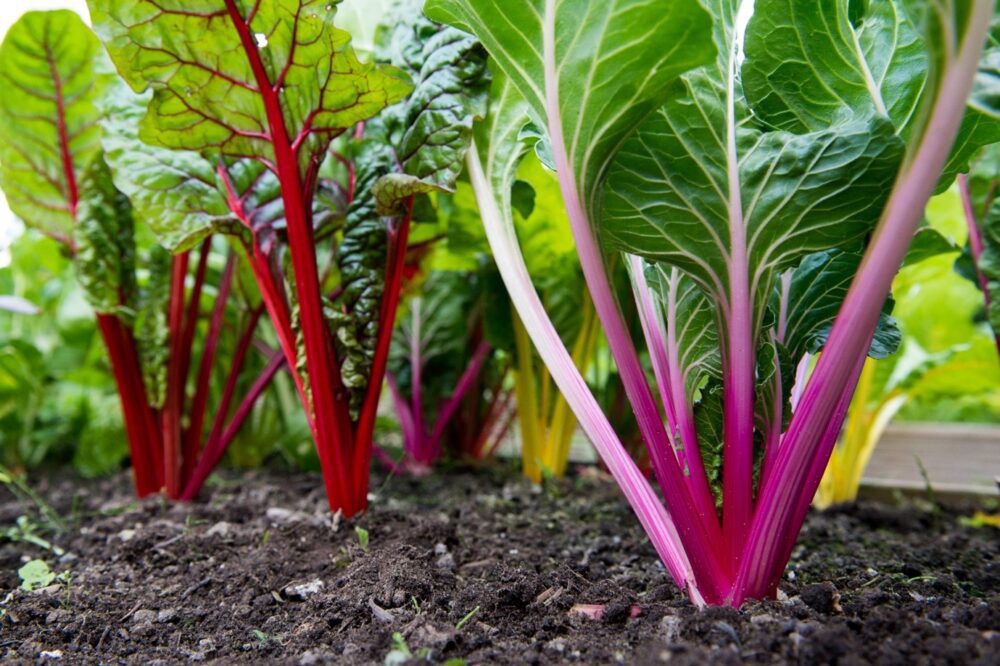
1. Ideal Climate and Soil
Swiss chard grows best in cool, moist conditions—making California’s coastal and central regions perfect for year-round cultivation. Mild winters and warm summers provide multiple growing seasons, allowing farmers to harvest up to three crops per year.
2. Advanced Agricultural Infrastructure
U.S. farmers benefit from modern agricultural technology, precision farming methods, and sustainable practices. These advancements lead to higher yields, reduced waste, and consistent quality.
3. Strong Domestic Demand
The rising health awareness among American consumers has significantly boosted demand for leafy greens. Swiss chard features prominently in health food stores, farmers’ markets, and organic grocery aisles.
4. Organic Farming Boom
With the organic food sector booming in the U.S., Swiss chard has gained attention as a popular organic crop. It’s relatively easy to grow without pesticides and is highly favored by health-conscious buyers.
Other Leading Swiss Chard Producing Countries
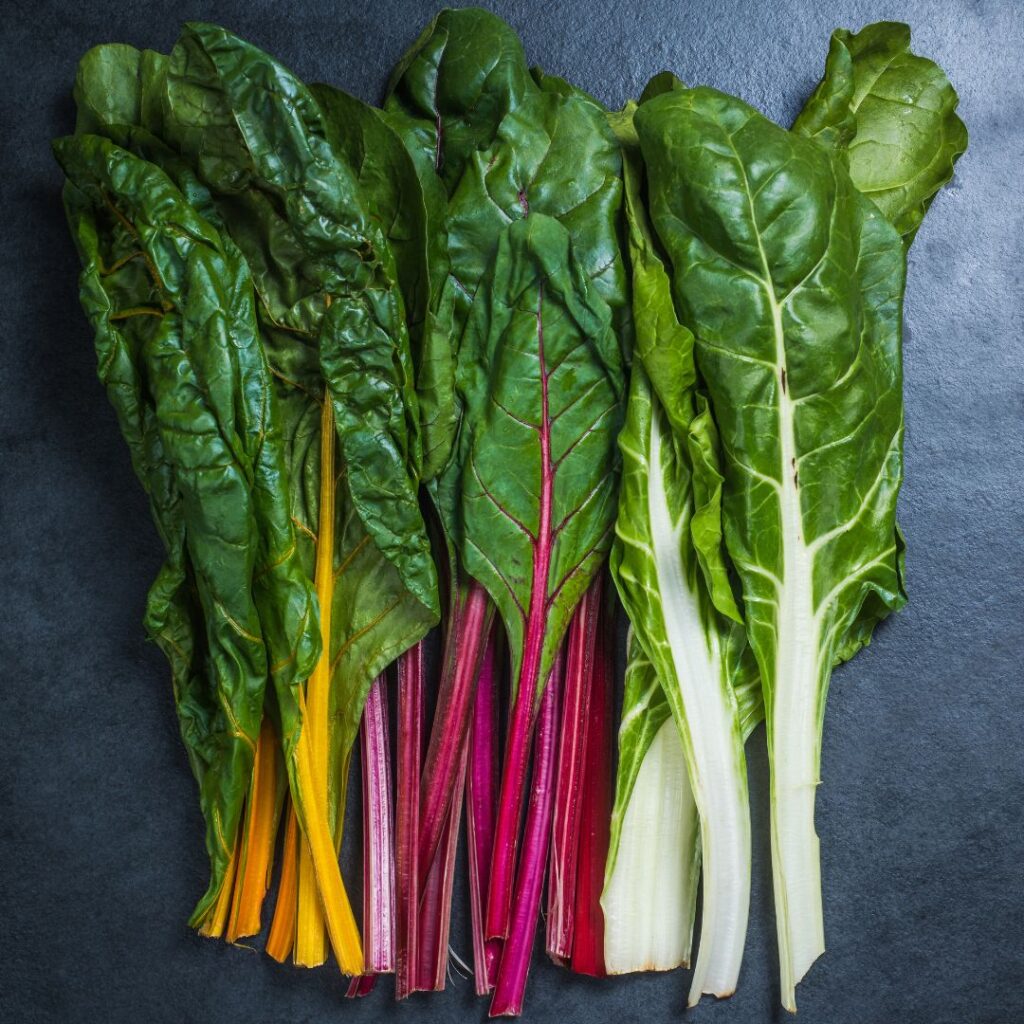
While the U.S. leads, several other nations also contribute substantially to global Swiss chard production:
1. Italy
Italy has a long-standing tradition of cultivating Swiss chard, especially in the southern and central regions. Known locally as “bietola,” it is a culinary staple in Italian kitchens. Italians use chard in soups, pastas, and savory pies.
2. France
France is another major producer, particularly in regions like Provence and Brittany. French farmers grow both colorful varieties and classic green chard, which are popular in traditional Provençal cuisine.
3. Germany
Germany’s temperate climate supports the cultivation of Swiss chard, primarily in Bavaria and Baden-Württemberg. It is commonly included in German farmers’ crop rotations and regional cooking.
4. Spain
Spain’s Andalusian region produces Swiss chard for both local consumption and export. The vegetable is popular in Mediterranean diets and features in many traditional Spanish dishes.
Global Production Statistics (Estimated)
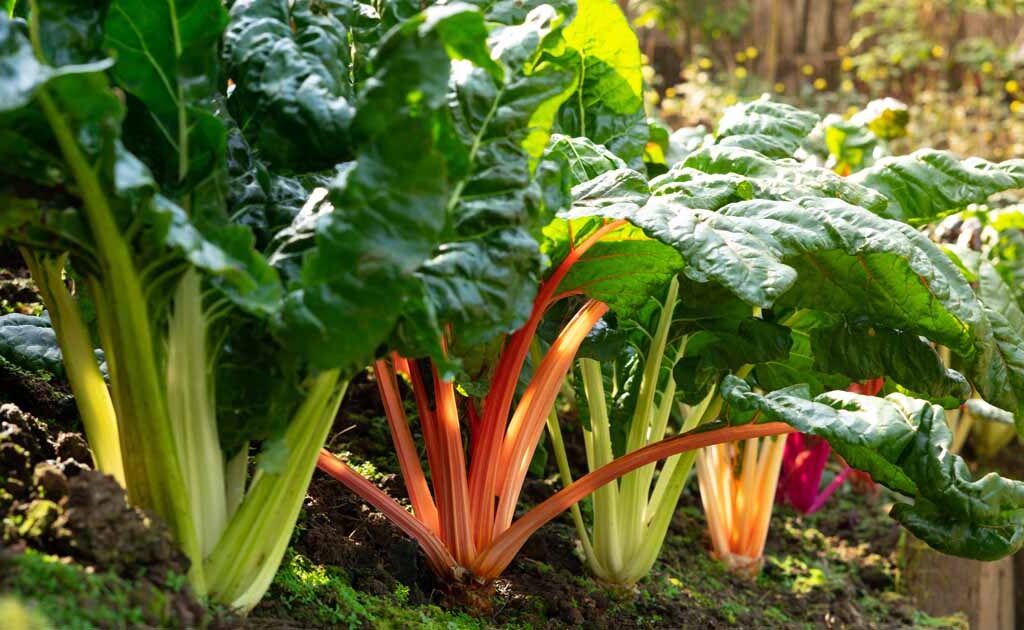
- United States: ~120,000 metric tons/year
- Italy: ~65,000 metric tons/year
- France: ~45,000 metric tons/year
- Germany: ~35,000 metric tons/year
- Spain: ~30,000 metric tons/year
(Note: These figures are estimates derived from national agricultural reports and are subject to yearly fluctuation.)
Economic and Nutritional Impact
The global Swiss chard market, while smaller than that for spinach or kale, has seen a consistent growth trajectory. Its high nutritional value and increasing role in vegetarian and vegan diets make it a valuable crop in both domestic and international markets.
In the U.S., the farm gate value of Swiss chard exceeds $100 million annually, with a significant share coming from organic sales. The vegetable is also exported to Canada, Mexico, and parts of Europe and Asia.
Challenges in Swiss Chard Production
Despite its many benefits, Swiss chard production is not without challenges:
- Pest and Disease Management: Like other leafy greens, Swiss chard is susceptible to leaf miners, aphids, and fungal infections.
- Short Shelf Life: The vegetable has a limited shelf life, requiring efficient post-harvest handling and cold-chain logistics.
- Labor Intensity: Swiss chard harvesting is labor-intensive and requires careful handling to prevent damage to leaves and stems.
The Future of Swiss Chard Production
Looking ahead, the Swiss chard industry is poised for steady growth:
- Urban Farming: Vertical farms and hydroponic systems are beginning to include Swiss chard due to its compact size and fast growth.
- Sustainable Agriculture: As consumers push for more eco-friendly farming, Swiss chard will benefit from organic and regenerative agricultural practices.
- Culinary Innovation: With chefs incorporating colorful Swiss chard into gourmet dishes, smoothies, and health drinks, demand is expected to increase in premium food markets.
Conclusion
The United States holds the distinction of being the world’s largest Swiss chard producer, thanks to its favorable growing conditions, technological advancement, and strong consumer demand. While European countries like Italy, France, and Germany continue to play significant roles in Swiss chard production, the global trend points toward broader adoption and consumption of this nutritious leafy green.
As awareness around health and sustainability grows, Swiss chard is likely to remain a key player in the global leafy greens market. Whether on supermarket shelves or in backyard gardens, this vibrant vegetable is set to thrive well into the future.







Leave A Comment